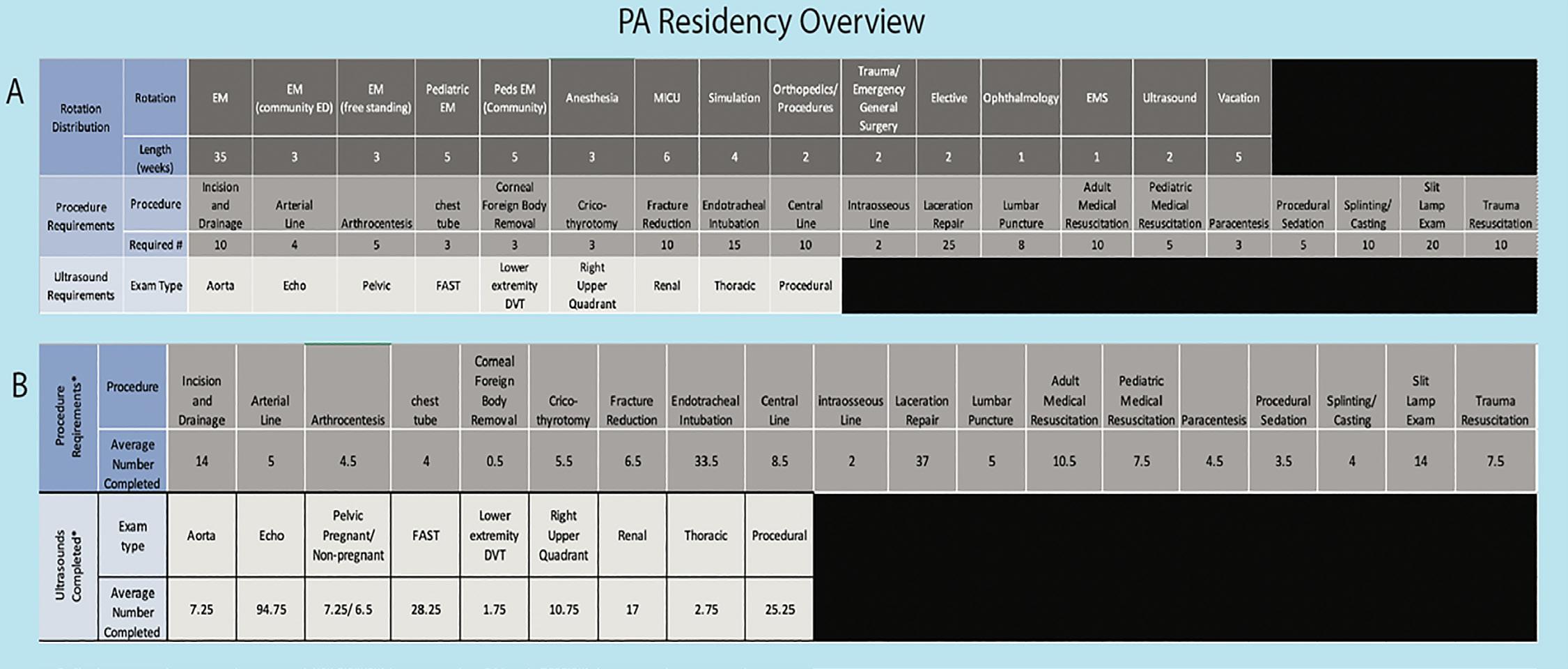EM Program Directors’ Perspectives on Changes to Step 1 Scoring EM postgraduate year-1 positions, and on average each EM PD reviewed 953 applications.6,7 Most programs receive far more applications than positions available, and program directors are forced to use metrics (eg, USMLE Step 1) to help filter and select applicants, even if those metrics are being used in an unintended manner.2 To address some of the shortcomings surrounding the review process, EM residency programs have deliberately implemented additional objective measures to standardize the review process. These measures include a standardized letter of evaluation (SLOE) and the previously piloted standardized video interviews (SVI). Overall, EM PDs have reported that Step 1 and Step 2 CK scores, SLOEs, and EM rotation grades are among the most critical determinants used to select applicants to interview.5-8 Altering Step 1 scoring could dramatically change the review process for residency programs. In fact, aggregate data from a recent national survey demonstrated resounding frustration from PDs in multiple specialties.9 This study applies additional scrutiny to the perspectives of EM PDs who, on average, review approximately 1000 applications per cycle.7 METHODS After institutional review board exemption was granted, we invited PDs from Accreditation Council for Graduate Medical Education (ACGME)-accredited residency programs to participate in an anonymous, validated survey using Research Electronic Data Capture (REDCap, Vanderbilt University, Nashville, TN). The survey instrument underwent pre-pilot testing and was piloted with a group of 27 academic physicians. We assessed internal validity by computation of Cronbach’s alpha (0.87). No modifications were made after pilot testing was performed. The 19-item survey was electronically distributed to all PDs of ACGME-accredited residency programs in 30 specialties, including EM. In disseminating the survey to EM PDS we used the email addresses of 236 EM PDs (92.2% of all EM PDs), which we obtained from a publicly available ACGME listing of accredited programs during the academic year 2019-2020. Each unique email represented an EM PD from a separate EM residency program. We sent three subsequent survey requests to non-responders before the analysis was completed in an effort to generate greater participation. The anonymous REDCap survey consisted of an optional demographic collection segment, a required series of threepoint Likert scale questions (ie, disagree, neutral, agree), and an optional free-response comment box at the conclusion of the section. Survey items were designed in such a way that disallowed submission if required data collection fields were absent or incomplete. For this study’s purpose, the response rate was determined by the overall number of submitted surveys received (partial or completed) compared to the initial number of survey requests sent. We calculated descriptive statistics using Microsoft Excel (Microsoft Corporation, Redmond, WA). Western Journal of Emergency Medicine
Glassman et al. Population Health Research Capsule What do we already know about this issue? In 2020, the United States Medicine Licensing Examination changed its Step 1 from a numerical to binary scoring system. Most residency program directors (PD) disapprove of this change. What was the research question? Do Emergency Medicine residency PDs approve of the change to Step 1 scoring? What was the major finding of the study? Most Emergency Medicine PDs disapprove of the pass/ fail Step 1 scoring system. As a result, more PDs will increase their emphasis of Step 2 Clinical Knowledge scores. How does this improve population health? More standardized metrics are needed in the residency application process to increase equity.
RESULTS In March 2020, 121 of 236 EM PDs responded to a REDCap survey (51.3% response rate). The majority (67%) of respondents were male, with a mean tenure as PD of 5.8 ± 5.4 years (n = 105). Over half (61.9%) of the responding PDs had one to five years of experience while 37.1% had greater than five years of experience. In total 13.3% had held their positions for 10 or more years. Only one response (0.01%) came from a PD with less than one year of experience. Among those who responded, 26.7% were from programs in the Northeast (47.8% of respondents from that region); 35.8% in the South including Puerto Rico (58.1% of respondents from that region); 24.2% in the Midwest (45.3% of respondents from that region); and 13.3% in the West (51.6% of respondents from that region). Of all the survey responses received, 19.8 % of PDs agreed that the scoring change was a good idea and 33.1% believed it would improve medical student well-being. Additionally, 67.5% anticipated the change would make applicant screening “more arduous,” and 72.7% felt it would be more difficult to compare applicants objectively. Most PDs (88.4%) reported that binary Step 1 scoring would increase their emphasis on USMLE Step 2 CK scores. Furthermore, 35.8% believe this change will disadvantage international medical graduates applying to EM. Only 14.9% felt this change would decrease socioeconomic disparities among applicants (Figure 1). As a result of changing USMLE Step 1 to Pass/Fail, the majority (85%) of EM PDs indicated that they plan to 16
Volume 23, no. 1: January 2022













